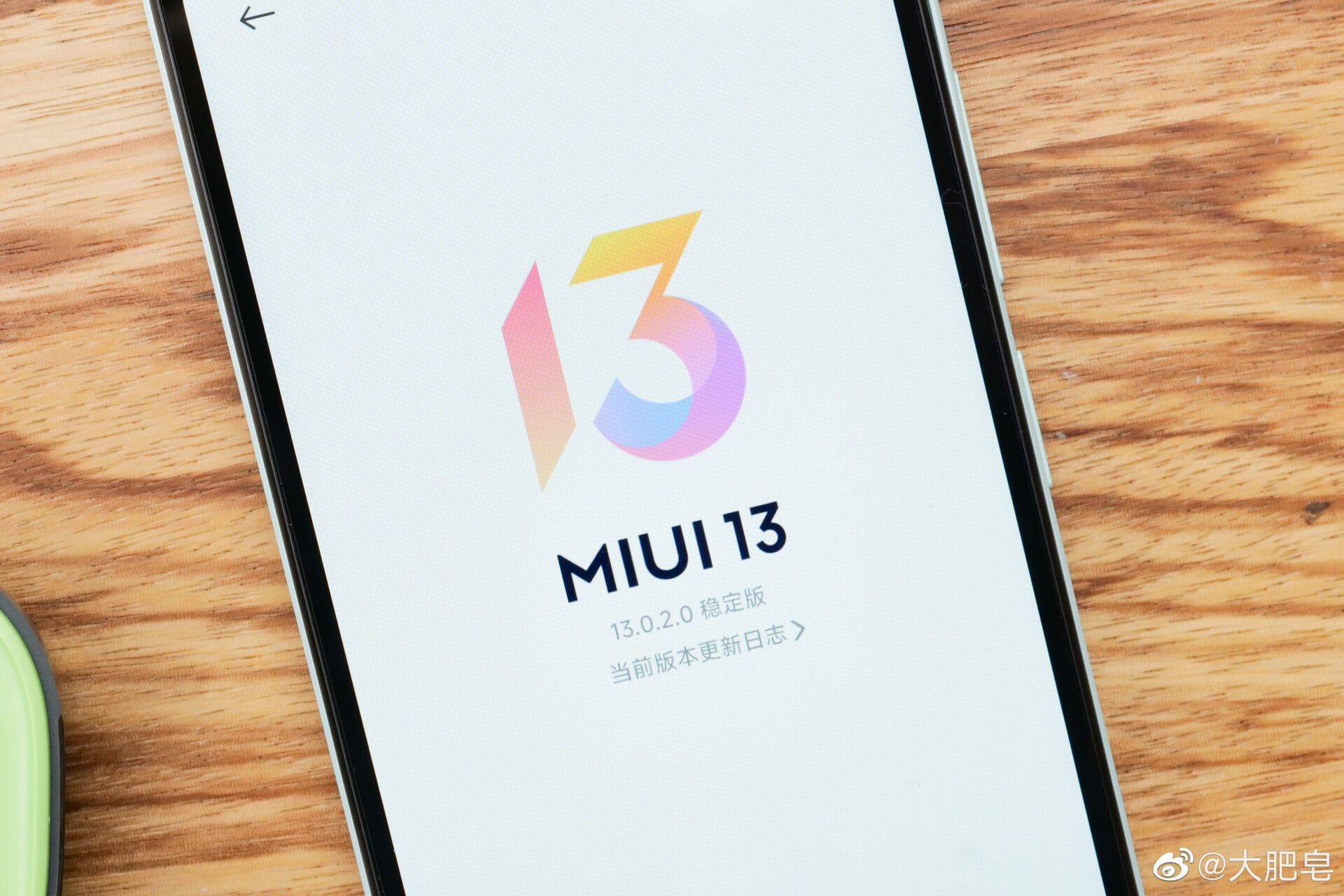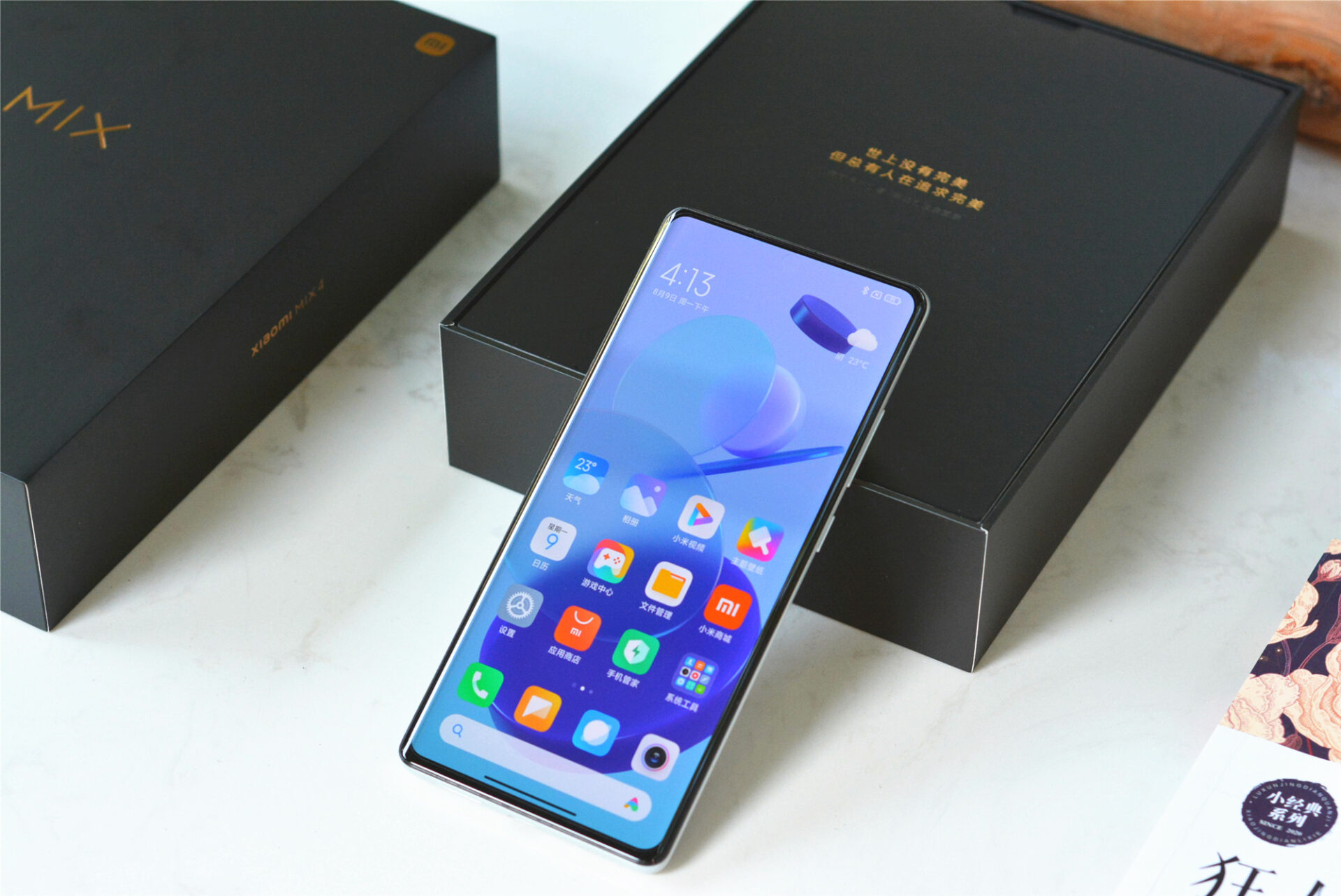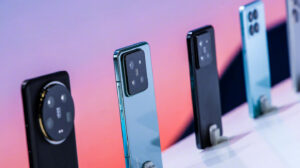Xiaomi’s long-term strategy for innovation has always coupled rapid experimentation with the ability to retire technologies that no longer serve the broader ambitions of its ecosystem. Throughout its journey from a software-first company to a leading global smartphone and AIoT manufacturer, Xiaomi has retired several hardware and software features in a bid to modernize its platform. In this report, we will look at five key technologies the company is no longer using, explaining how each decision shaped its strategic direction. You can learn more about these transitions across our in-depth sections on HyperOS updates, Xiaomi smartphone evolution, and the AIoT ecosystem.
MIUI’s Sunset and the Rise of HyperOS
In 2010, Xiaomi launched its original interface: MIUI, the company’s first official product. Over the decade-plus that followed, it gathered more than 500 million monthly active users and became an integral part of Xiaomi’s identity. By 2023, though, the system design had reached the structural limit; Xiaomi introduced HyperOS as its unified architecture across smartphones, IoT devices, and electric vehicles.
This transition had nothing to do with performance issues but rather with strategic needs. HyperOS unifies under one framework Xiaomi HyperConnect, Vela IoT foundations, and vehicle systems. In this way, Xiaomi had an opportunity to optimize device interconnectivity, enhance cross-system performance, and modernize its future AI capabilities. The global version of HyperOS keeps a lot in common with MIUI’s interface; the Chinese variant involves deeper AI-assisted features and extensive system rewrites.
Impact on the Device Lifecycle
Starting with HyperOS 3, the Android 16-based OS marked the beginning of phasing out support for the older models, including the Xiaomi 11 series, the Redmi Note 11 generation, and the Xiaomi Pad 5 series. This is in line with the long-term plans to keep the ecosystem as stable as that of Apple, tightly coupled across smartphones, tablets, and even vehicles. It also moves users to more current hardware that can support the architecture of HyperOS.
The Rise and Fall of Pop-Up Cameras
Full-screen viewing without notches or punch-holes is the reason pop-up front cameras became a thing. Xiaomi was the most aggressive in implementing this design with the Mi 9T and Redmi K20, with their motorized mechanisms delivering seamless edge-to-edge AMOLED screens.
But this design soon ran into an engineering dead end. Pop-up systems required more physical space inside the phone, which added complexity to house battery capacity, 5G antenna placement, and thermal management. These devices also presented challenges in water resistance, durability, and a long-term user experience; the mechanism slowed biometric unlocking.
With the expansion of 5G networks, internal space became much more valuable, and OEMs moved to punch-hole displays, which offered lower cost, improved reliability, and better IP certification. Eventually, Xiaomi killed its pop-up camera program and standardized modern display approaches across its lineup.
Liquid Lens: A Promising Idea That Reached Its Limits
Liquid lens technology entered the scene with the Xiaomi Mi Mix Fold, as an innovative optical solution, drawing inspiration from the human eye. Its objective is to combine telephoto and macro photography using just one camera module with shape-shifting fluid inside a sealed lens.
While conceptually advanced, there were key limitations in liquid lens hardware: manufacturing costs were high, and the design only supported small sensors-up to approximately 1/1.8 inches. This prevented Xiaomi from integrating it into flagships equipped with larger 1-inch sensors. At the same time, the conventional technologies fared better: periscope lenses improved zoom performance while 200MP sensors offered sensor cropping solutions for lossless zoom and macro imaging.
Eventually, Xiaomi abandoned liquid lens development for mass-market phones and returned to more scalable conventional optical systems.
Retirement of the “Mi” Branding
In 2021, Xiaomi announced that it was removing the “Mi” branding from its smartphones-the “Mi 11,” for example, would now just be called “Xiaomi 11.” It follows a global positioning strategy to uniform product naming so as to make the identity stronger and reduce inconsistencies across regions. The transition marries smartphones, AIoT devices, and forthcoming EV products under one globally recognized trademark.
Removing 3.5mm Jacks and microSD Slots
Like most other premium smartphone makers, Xiaomi phased out the 3.5mm headphone jack and microSD card slot from its flagships. The move has been consistent with industry-wide developments that put a greater emphasis on water resistance, internal robustness, and ecosystem-oriented storage solutions, like cloud storage.
Reasons for the Transition Larger batteries and sophisticated cooling systems take up more space.
- Larger batteries and advanced cooling systems require additional space.
- Improved IP water/dust protection is harder to achieve with external ports.
- High-speed UFS storage provides stronger performance than microSD cards.
- Wireless audio and cloud services became a central part of Xiaomi’s AIoT ecosystem.
These changes introduced cleaner designs, simpler internal architecture, and improved compatibility with future features of HyperOS.
Xiaomi’s evolution has shown that it’s not just about adopting new technologies, but sometimes about a strategic elimination of legacy systems. From turning MIUI into HyperOS, to the removal of mechanical camera designs, each decision shows the indication of Xiaomi’s long-term mission in creating a cohesive smartphone and AIoT ecosystem. Entering electric vehicles and next-generation intelligent systems, this disciplined approach to innovation and discontinuation will always shape its global competitiveness.


 Emir Bardakçı
Emir Bardakçı





excelente experiência